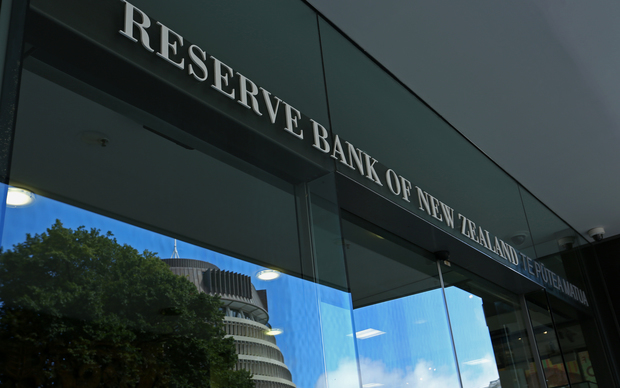Reserve Bank governor Adrian Orr says the central bank wants to introduce debt to income ratios in New Zealand.
It comes in the wake of a letter from Finance Minister Grant Robertson to the RBNZ suggesting a change to the rules under which it operates, to take heed of the impact of any monetary policy on house prices.
Robertson wants the central bank to become more involved in checking the skyrocketing price of housing in New Zealand.
Earlier in November the RBNZ announced a reintroduction of Loan to Value ratios (LVRs) next year to reduce the growth of low-deposit home loans.
They were removed in May to encourage home-buyers and lending. RBNZ will consult on the changes next month.
Orr told Morning Report on Thursday the level of LVRs would be consulted on.
“We’ve announced what we will be talking to the banks about. We have not physically put the ratios in yet but the good news is the banks have moved in advance anyway.
“Part of that consultation (is) yes we can consider the levels that we need to manage the financial risk posed.”
Asked if LVRs needed to be higher to curb property speculation, Orr said: “Well I think it’s important to understand the reason why we consider loan-to-value ratios. That is really about making sure there is not excess leverage or excess debt borrowing in the housing market because that’s where households – be they owner-occupiers or investors – can find themselves in trouble.
“More importantly, if banks are doing a lot of it, it becomes a very concentrated part of a bank loan book and that means if unemployment rose or interests rates increased and people can’t service that debt it becomes the banks’ problem and they have too much skin in the game.
“So we are saying to the banks if you can’t control your own portfolio we will put these constraints in there and you can blame us for not lending to people rather than your own appetite.”
He said tougher LVRs would make people take pause, but it wasn’t obvious that they would impact the marginal price of housing.
“There’s still plenty of people in the market, plenty of people who can meet those hurdle rates, of those deposit rates (of higher LVRs).
“Our purpose is financial stability, we are not here to control relative prices.”
Debt to income ratios
Orr said the RBNZ wanted to introduce debt to income ratios.
A debt to income ratio means that the amount you can borrow is proportionally related to your income.
The bank was “dusting off the research” on the ratios, Orr said.
“Yes, would be the simple answer, if we are trying to have effective tools that can head off excessive borrowing then a debt to income ratio is one of those…
“They are relatively common internationally and they are used to head off people – for example, with interest rates so low, servicing a loan is easier, that is the purpose of a low interest rate.
“But that means the stock of debt being taken on becomes a risk because for example if you don’t have job it doesn’t matter what the interest rate level is, you can’t service a loan and it becomes bad debt and that becomes a non-performing loan for the financial institutions and so on and so forth.
“So this (debt to income ratios) puts a limit to it.”
There were “benefits and costs” to the tools the RBNZ could employ, that they were what had to be discussed, Orr said.
He said if the RBNZ had to put housing above other issues during the Covid-19 pandemic, unemployment would be higher.
“Really what is being talked about is there’s the high-level objectives, inflation and employment. If house prices were put in the the high level objective … then we would be trying to achieve three targets with the one stone.
“For example, we would be having to raise interest rates to lower house prices which would mean – all other things unchanged – higher than other exchange rates, higher than otherwise interest rates, lower employment and lower inflation. So there is no free lunch. There are trade-offs.”
Grant Robertson’s letter.
Orr described Robertson’s letter as “very open”.
“Really what it is saying is can you assist in a whole of government effort to think about affordable houses … it has been very clear in the letter that our objectives do not change, our operation remains independent and they want advice.
“We remain completely focused on stable inflation and maximising stable employment.”
Source: RNZ News – www.rnz.co.nz





























































